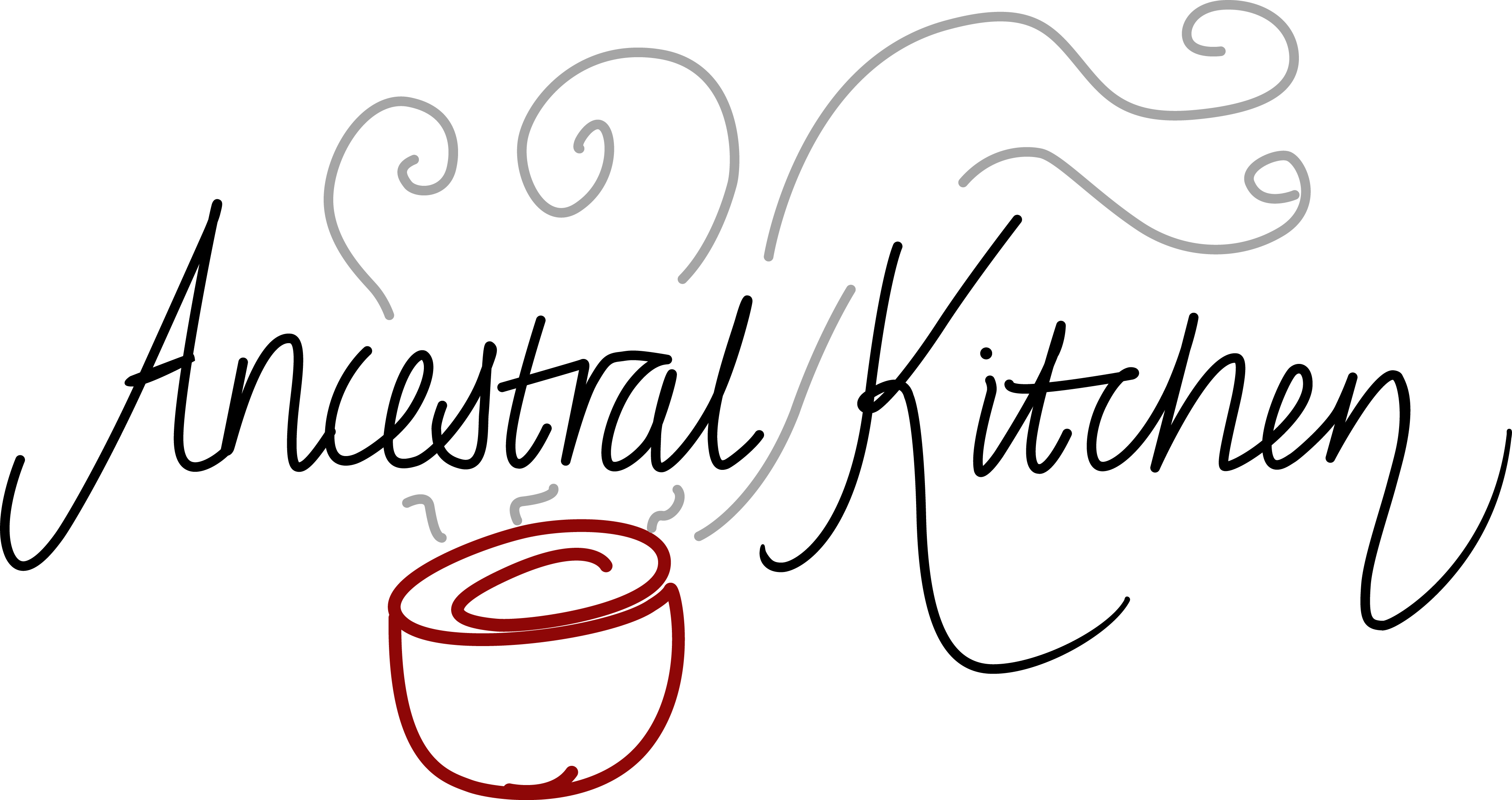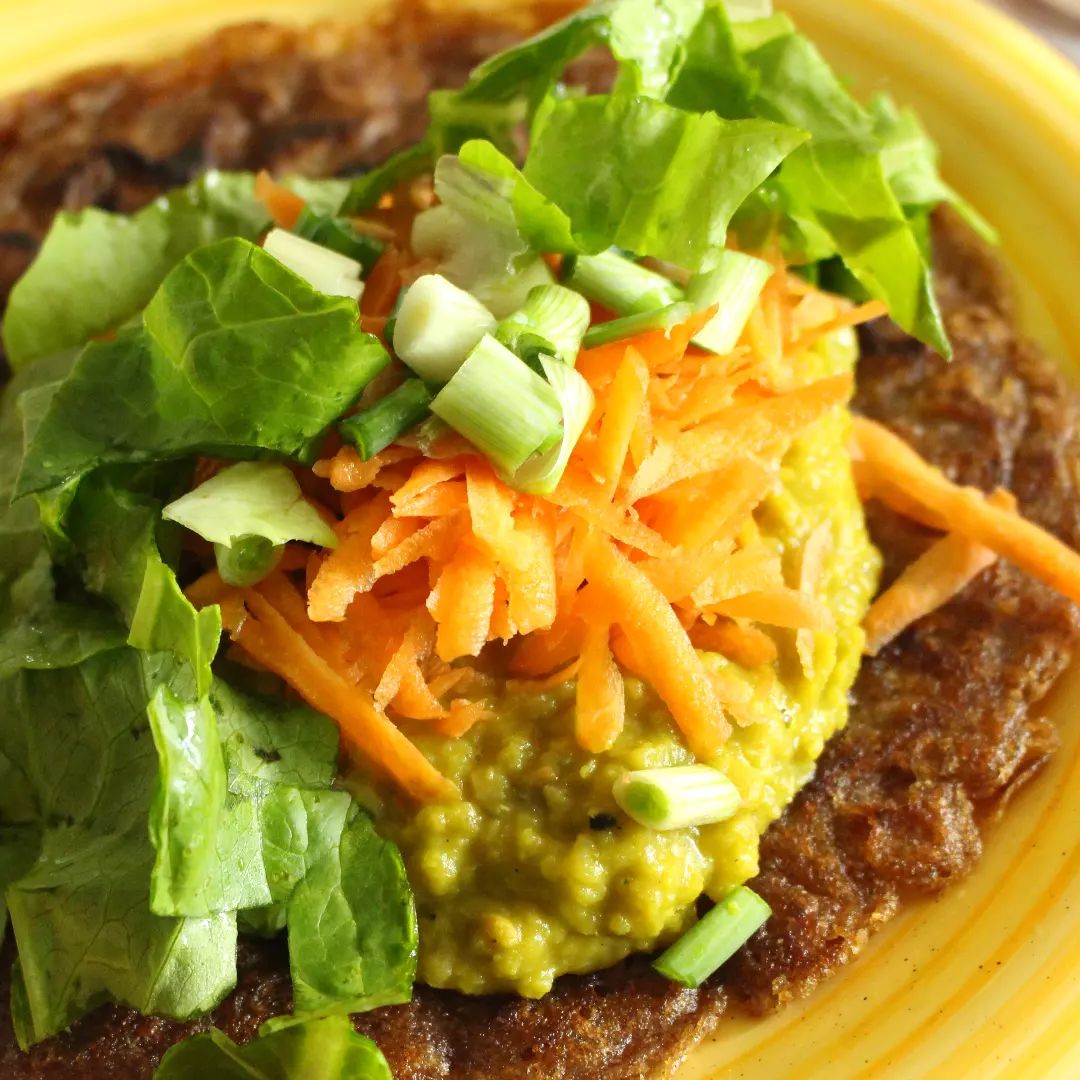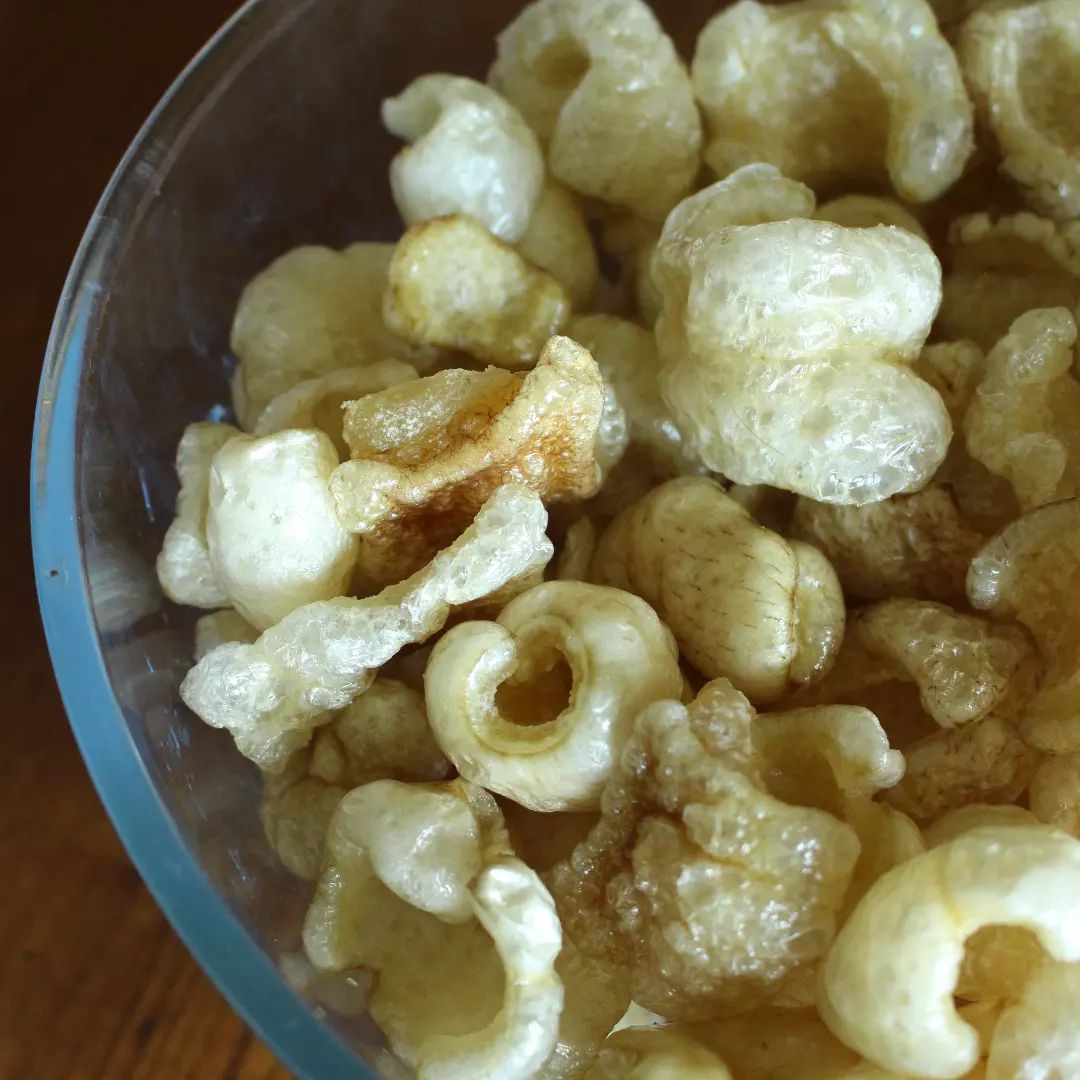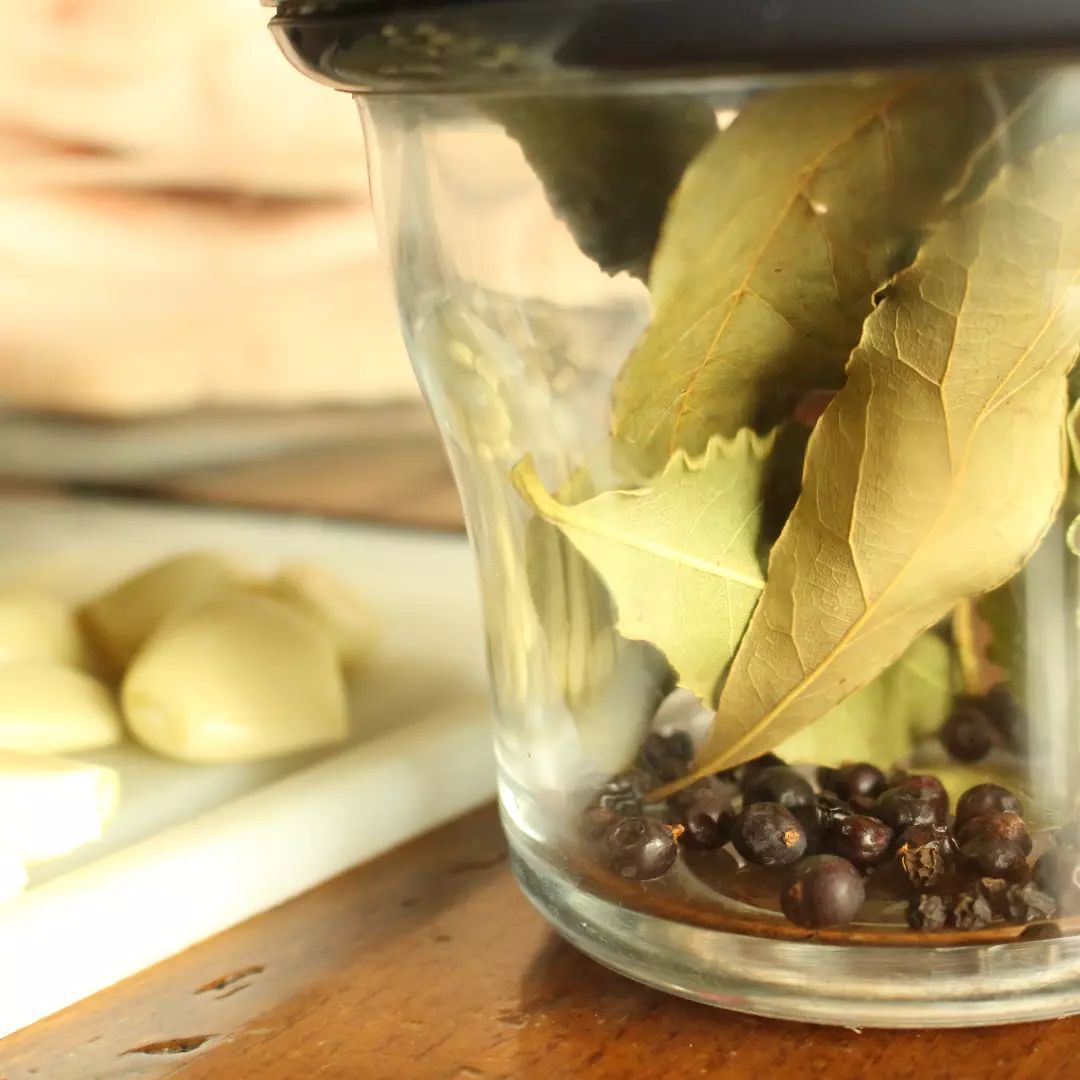Sourdough pancakes for lunch today! . I spent the morning filming the ‘what to do with your sourdough discard’ section of my upcoming rye sourdough course for @thefermentationschool. No sooner had I switched off the camera than I slipped this 100% wholegrain pancake out of the pan and onto my lunch plate! I topped it with leftover spicy lentils (cooked yesterday) and local salad. . I like to fold it up and see if I can bite into one end without the filling all falling out of the other :-)
Sourdough pancakes for lunch today!
.
I spent the morning filming the ‘what to do with your sourdough discard’ section of my upcoming rye sourdough course for @thefermentationschool. No sooner had I switched off the camera than I slipped this 100% wholegrain pancake out of the pan and onto my lunch plate! I topped it with leftover spicy lentils (cooked yesterday) and local salad.
.
I like to fold it up and see if I can bite into one end without the filling all falling out of the other 🙂










